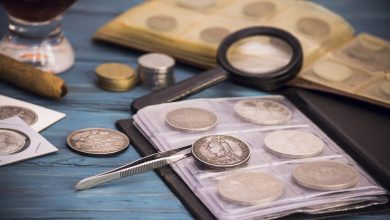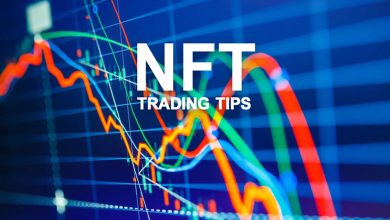
Gold has long been one of the most valuable and coveted resources on Earth, playing an integral role in economies, jewellery, and as a symbol of wealth. Understanding the factors that Influencing Gold Prices is crucial, whether you’re an investor, trader, or just someone fascinated by how markets work. The price of gold doesn’t fluctuate randomly, it is subject to a host of interconnected factors that span global events, economic indicators, and technological advances. Let’s explore the most important factors that influence gold prices.
Supply and Demand Dynamics
Like any other commodity, the fundamental forces of supply and demand heavily influence gold prices. On the supply side, gold mining operations are responsible for bringing new gold to market. However, mining is not a rapid process. Many gold mines take years to develop, and production can be affected by factors such as regulation, labor disputes, and environmental challenges. Any supply restrictions can cause a tightening in the gold market, which tends to push prices higher. Similarly, if mining operations face difficulties due to political instability in key gold-producing countries like South Africa, Russia, or China, this could lead to price spikes.
Demand, on the other hand, comes from a few key areas. The jeweler industry is one of the largest consumers of gold, with countries like India and China driving much of this demand. In many cultures, gold jewelers is not just a luxury but a tradition, especially during wedding seasons and festivals. Additionally, industrial uses for gold—such as in electronics and medical devices—add to its demand. Gold’s conductivity and corrosion resistance make it ideal for high-end electronic components.
One of the most significant drivers of demand in recent decades has been investment demand. Investors turn to gold as a safe haven, particularly in times of economic uncertainty or rising inflation. Gold exchange-traded funds (ETFs) have made it easier for individuals and institutions to invest in gold, contributing to its price volatility. For further information, click to read more here.
Macroeconomic Factors
Several macroeconomic factors shape the ebb and flow of gold prices. One of the most critical is interest rates. When interest rates are low, gold tends to shine. This inverse relationship exists because lower interest rates reduce the opportunity cost of holding a non-yielding asset like gold. In other words, when bonds and savings accounts offer low returns, investors are more likely to put their money into gold, which does not pay interest or dividends but provides a potential store of value.
Inflation also plays a crucial role. Historically, gold has been viewed as a hedge against inflation. When inflation rises, the purchasing power of currencies declines, and investors often flock to gold to protect their wealth. In times of high inflation, gold prices tend to rise as people seek to preserve their value in an asset that has historically maintained its worth.
The strength of the U.S. dollar is another vital macroeconomic factor. Since gold is priced in dollars globally, there is a well-known inverse relationship between the strength of the dollar and the price of gold. When the dollar strengthens, it takes fewer dollars to buy the same amount of gold, causing gold prices to fall. Conversely, a weaker dollar makes gold more expensive, boosting its price.
Geopolitical and Global Events
Gold often acts as a safe haven in times of geopolitical uncertainty. When tensions rise—whether due to war, political upheaval, or international disputes—gold prices typically climb as investors seek to protect their assets from potential losses in riskier markets like equities. This trend can be seen in historical cases such as the Gulf War, the global financial crisis of 2008, and more recent trade tensions between major world economies like the United States and China.
Global financial crises, in particular, tend to send gold prices soaring. During economic downturns or when stock markets crash, gold is seen as a stable investment, driving up demand. Investors who lose faith in traditional financial assets during these periods look for safety, and gold has been a go-to asset in such times.
Speculation and Market Sentiment
Speculation in the gold futures market also drives short-term price movements. Traders often buy or sell gold futures contracts based on their predictions of where prices will go. Large institutional investors, in particular, can influence the market with sizable trades, sometimes causing volatility in the gold price. Futures trading allows participants to speculate on gold prices without owning the physical asset, contributing to price movements that may not always align with physical supply and demand.
Investor sentiment is another powerful driver of gold prices. When confidence in the economy is high, investors tend to favors riskier assets like stocks, leading to a decline in gold prices. Conversely, when uncertainty is prevalent—due to market crashes, geopolitical events, or rising inflation—investors flock to gold, pushing prices higher. Market perception can shift rapidly, influenced by media reports, economic forecasts, and public statements from central bank officials.
Conclusion
Gold prices are influenced by a complex interplay of factors, ranging from global supply and demand dynamics to macroeconomic indicators and geopolitical events. Understanding these forces can help investors make informed decisions when adding gold to their portfolios or tracking its price trends. As central banks shift their policies, global tensions rise, and economies fluctuate, gold remains a valuable asset for those seeking stability and protection from economic uncertainty.
Follow – https://bitcointodays.com for More Updates




